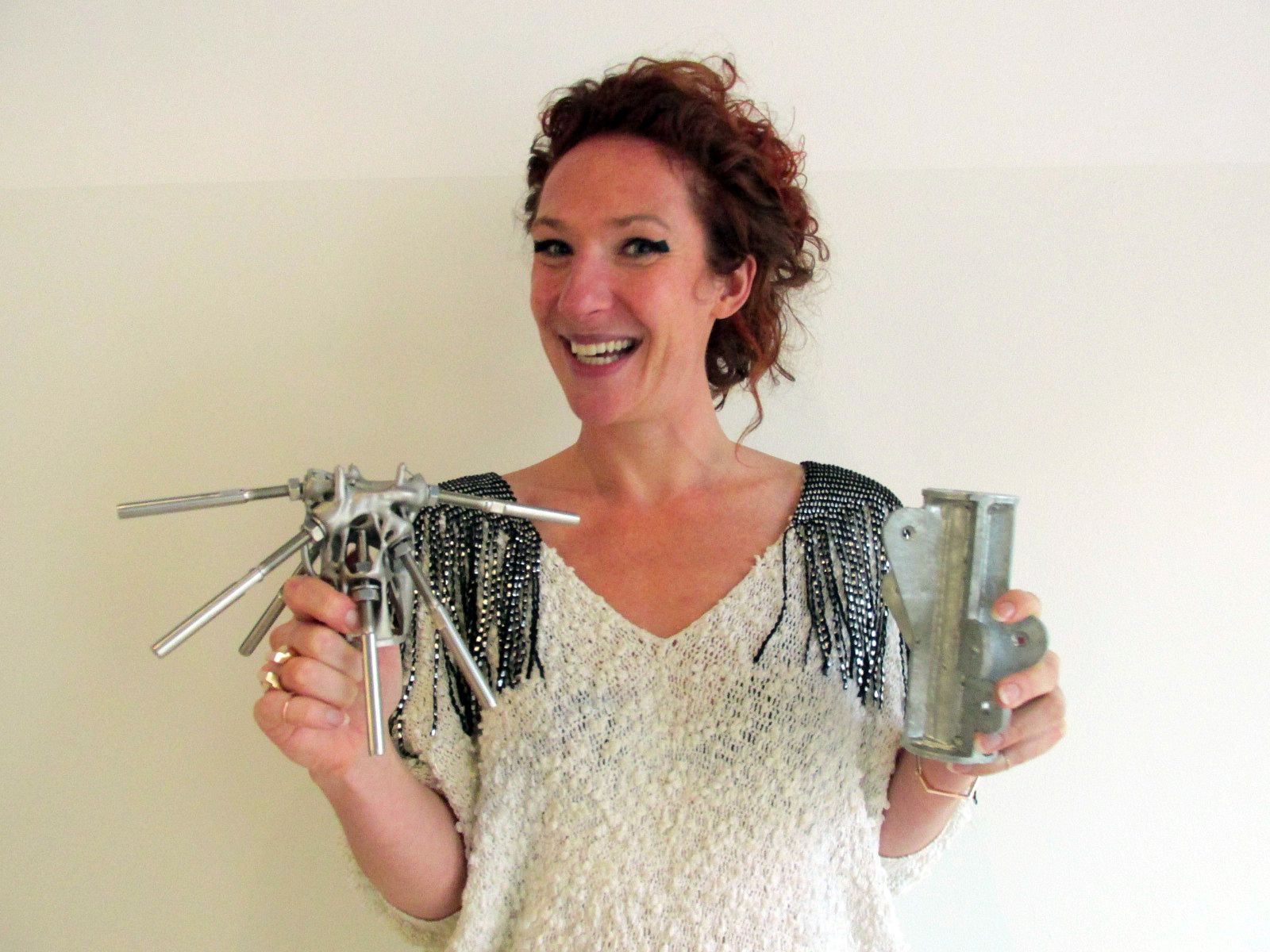Nine speakers at the Real Additive Manufacturing Conference on October 23 gave an overview of the current state of the art technology and its potential in the building sector.
Additive manufacturing (AM) features automatic printing of elements in 3D, enabling light weight and free forms, fast prototyping, and a high degree of customisation and optimisation.
The Berlage rooms at the Architecture and the Built Environment (BK) faculty hosted an audience of around 80. Between presentations, participants debated and appraised the research and products presented on their feasibility for volume application in construction, ranking them on a scale between dream and reality. This was the last of three conferences on the topic and was organised by the Built Environment Research Centre of the 3TU Federation (TU Delft, TU Eindhoven and the University of Twente).
Ceramics, concrete and steel are the main materials used, with glass also starting to be researched. The materials are reconfigured in layers and acquire new properties, yet to be fully explored. According to Dr. Ulrich Knaack, professor of design of Construction in the BK department of Architectural Engineering and Technology, after a recent period of hype there is a dip in interest, but interesting real applications should begin to emerge from now on. As AM’s costs are decreasing it could lead to a revolutionary shift in the construction industry. Improved design tools and quality control and certification would assist wider adoption.
Some speakers focused on the development of lighter, stronger building components for structures, nodes and connectors or for cladding and building envelopes. Salomé Galjaard, an industrial designer at the engineering firm ARUP, spoke about her design process experience for a 3D lighting element. The improvement of a stainless steel node led to a striking redesign of the whole structure. The 3D printed steel node was made 50% lighter and thinner cables and struts resulted, due to its optimised strength.
Assistant professor Henriëtte Bier is education and research manager at Hyperbody, the knowledge centre for Non-Standard and Interactive Architecture. She presented the team’s research, which takes an ambitious holistic approach. It explores the consequences at all scales of making flowing architectural spaces using robot arms depositing clay. This designed robotic production will be developed by integrating a feedback loop between the design of the parametric form and the material and fabrication constraints.
Gregor Zimmermann, of the firm G.tecz Engineering, presented applications of ultra-high performance concrete, UHPC. Stronger and more durable than standard concrete, it approaches the structural performance of steel. UHPC also hardens fast and can be bent with no need for traditional reinforcements.



Comments are closed.